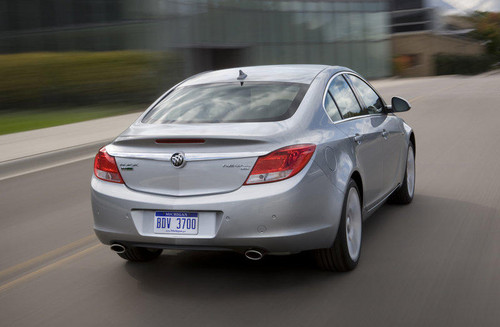





What is it?
The car with which the MG brand is to be reintroduced to the British market: this is the new MG6.
Designed and developed in the UK at SAICís technical centre at Longbridge, the MG6 is a medium-sized family hatchback thatís roughly the same size as a Skoda Octavia. Based on the Chinese-built Roewe 550, this car can actually trace its roots all the way back to the Rover 75. However, for the MG version, the carís engine, chassis, body and interior have all been overhauled.
Current MG brand owners SAIC has plans to build these cars at MG Roverís old Longbridge plant for sale across the UK. Our test car, however, was one of several built at SAICís Nanjing factory, for the official Chinese press launch of the car.
Whatís it like?
The MG6 is remarkably daring- and original-looking, considering that itís intended primarily for the notoriously conservative Chinese market. Wide tracks, flared arches, large external styling features and some surprisingly sophisticated surfaces give it a bold, sporty and contemporary appearance, even relative to European rivals.
The carís cabin is all new and bears no resemblance to that of the Rover 75 or MG ZT. The materials used arenít as rich or tactile as youíll find in some European family saloons, but the built quality is good: switches and levers move with firmness and solidity.
Shanghai Automotive will offer two versions of the MG6, both front-driven via a 5-speed automatic gearbox, and both powered by its ĎN-seriesí update of Roverís old 1.8-litre ĎK-seriesí engine.
The entry-level car develops 133bhp and 135lb ft or torque. The range-topping turbo, which we drove, gets 158bhp and 158lb ft, and SAIC claims that itíll hit 60mph in 8.5sec before going on to a top speed of 130mph.
Out on the road, the MG6 feels firmly suspended, but performs well. That engine suffers a little from turbo lag below 2500rpm, but spins freely way up to its 6750rpm redline. The car has good stability and composure, resisting body roll well through corners, and riding mid-bend bumps at speed without being diverted by them.
Ride comfort and refinement could both be improved. On our test drive, rattles were evident from within our test carís dashboard, a problem exacerbated by the MG6ís firm ride.
Also disappointing was the carís five-speed torque converter gearbox. At times it was frustratingly unresponsive and slow to kick down. A good six-speed manual Ďbox will be a necessity if SAIC want to market this car as a sporting saloon here in the UK.
Should I buy one?
Given that weíve only tried a Chinese-built model on Chinese roads, itís too early to say with any certainty. Longbridge-built cars are likely to be better finished, better equipped and could have their own chassis set-up tailored to suit UK tastes. The MG6 will certainly need to be improved in all three areas in order to make much of an impression over here.
However, provided SAIC can make those gains, and offer this car to UK buyers with a price tag thatís attractive, it wonít struggle to sell the MG6 in Britain. The MG6 is a car thatís already good enough to compete with those built in joint ventures between Chinese and European makers, and could quite easily be made competitive by European class standards.
With the MG badge on its nose, it has the potential to make big improvements to the reputation of the Chinese car industry in Europe.
 You are currently viewing our boards as a guest which gives you limited access to view most discussions and access our other features. By joining our free community you will have access to post topics, communicate privately with other members (PM), respond to polls, upload content and access many other special features. Registration is fast, simple and absolutely free so please, join our community today!
The banners on the left side and below do not show for registered users!
You are currently viewing our boards as a guest which gives you limited access to view most discussions and access our other features. By joining our free community you will have access to post topics, communicate privately with other members (PM), respond to polls, upload content and access many other special features. Registration is fast, simple and absolutely free so please, join our community today!
The banners on the left side and below do not show for registered users!













